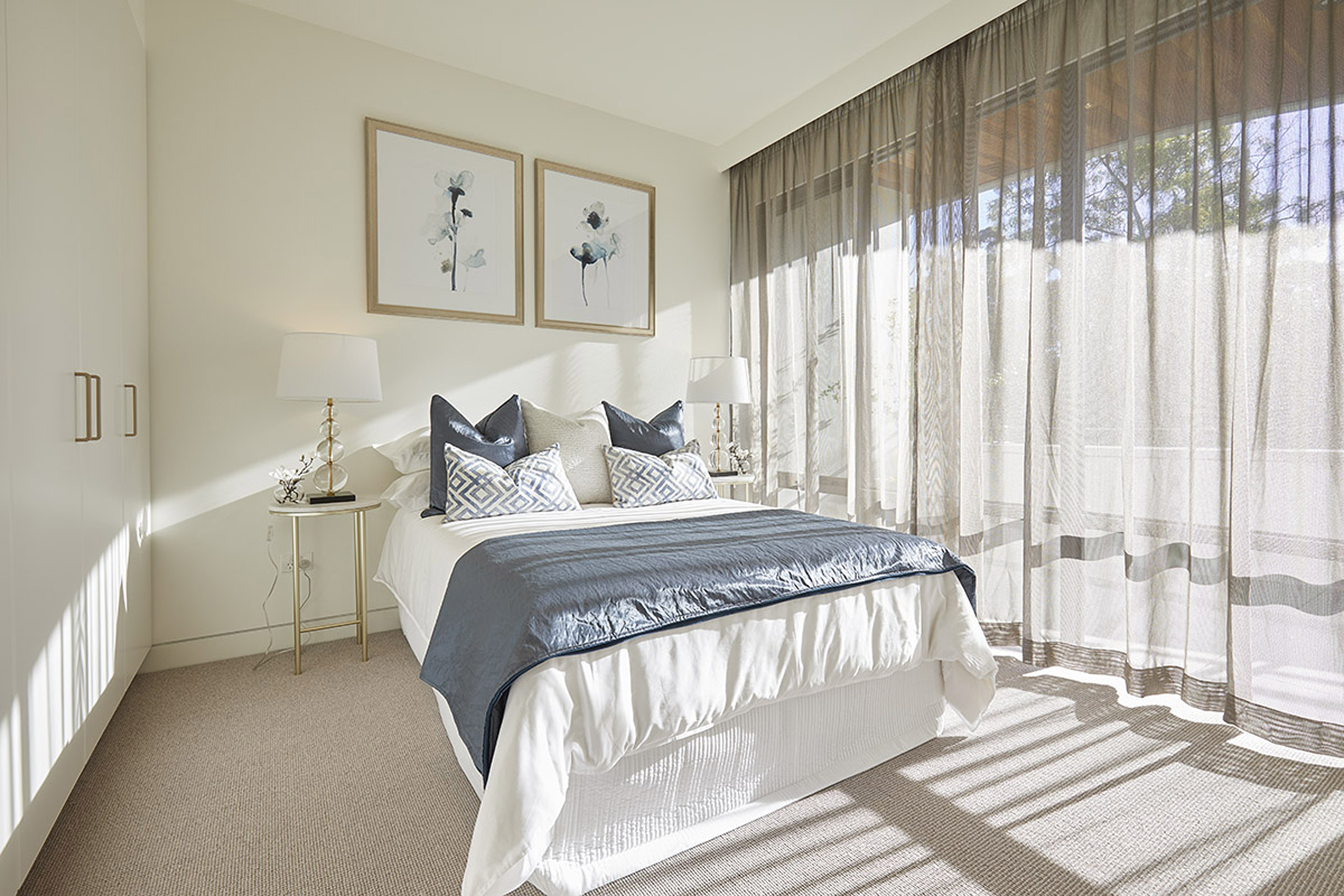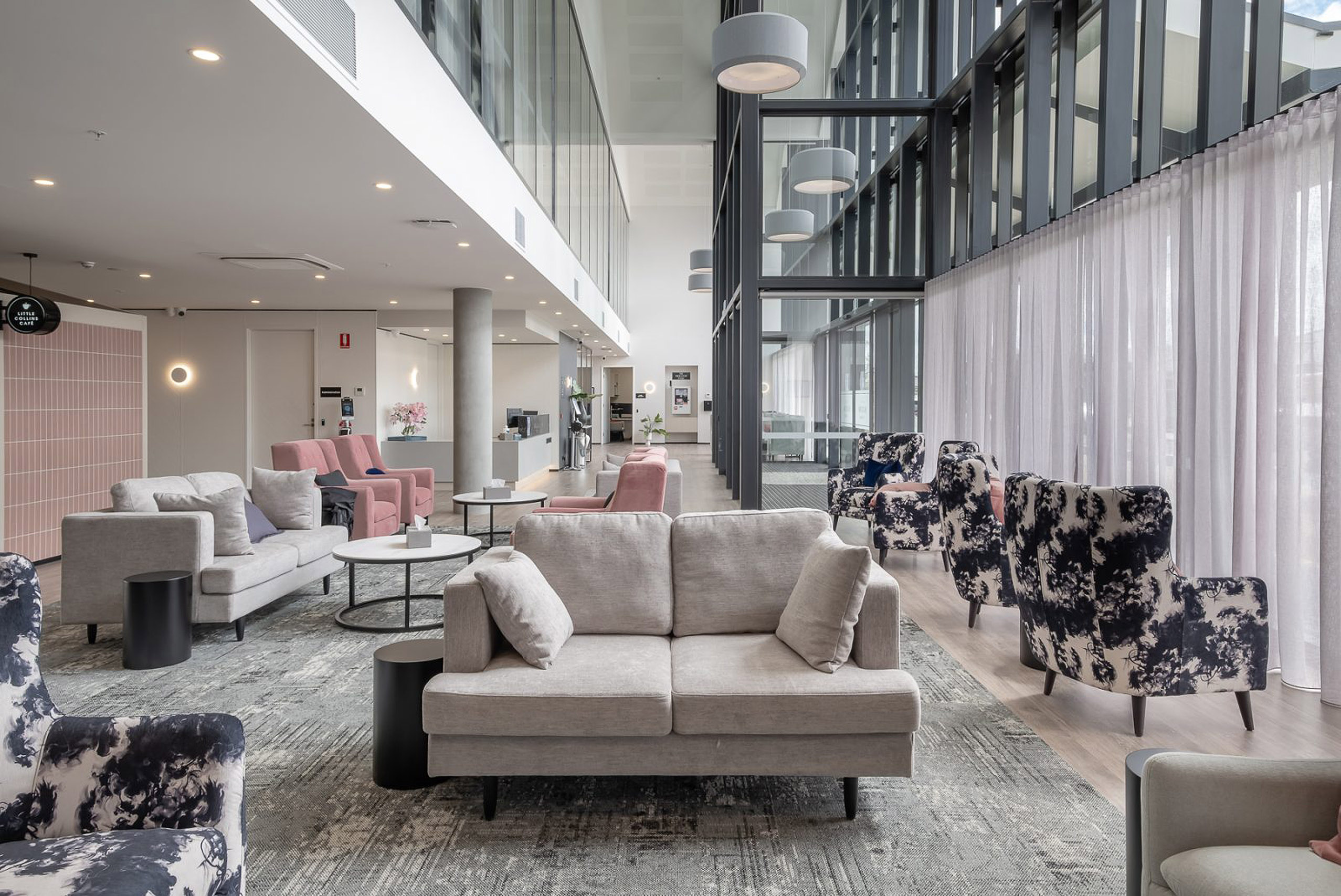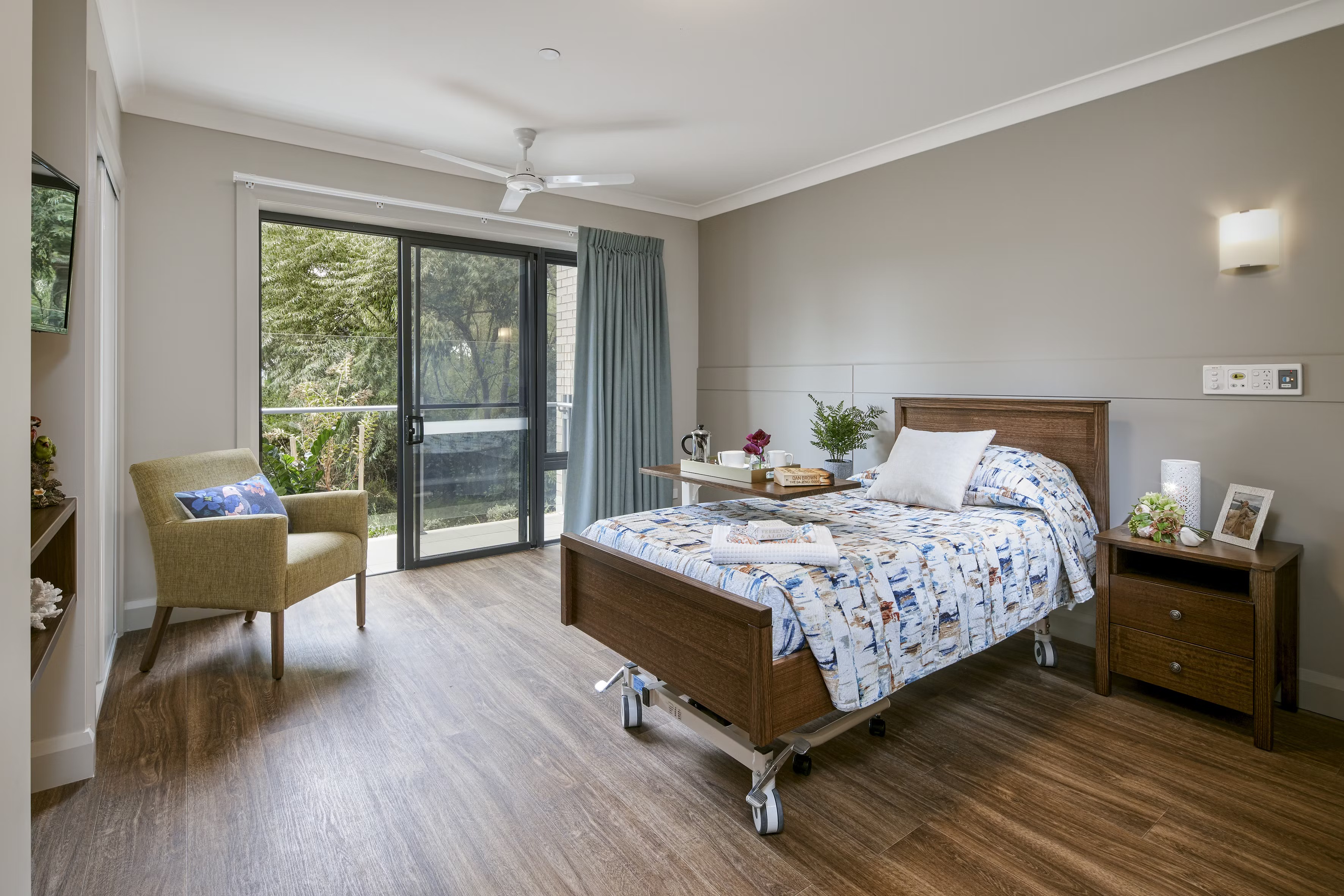
5 Common Aged-Care Room Design Mistakes and How to Avoid Them
Here I cover the five mistakes we encounter most often, why they happen, and how a little early planning can save frustration, cost, and compromise.
If you’ve worked on an aged-care project, you already know that small design decisions can snowball into big complications later. After thirty years supplying window furnishings to aged-care and senior-living facilities across Australia, we’ve seen the same avoidable issues pop up again and again – usually when we’re called in late in the build to ‘...just make it work!’.
If you’re designing or managing an aged-care project, these are the things worth heading off early.
1. Not considering window furnishings during the planning stage
This is the big one. Window furnishings are often one of the last items considered, but they interact with almost every part of the room: the ceiling detail, wall construction, lighting plan, flooring selection, HVAC layout and more.
Leaving curtains and blinds to the end forces you to work around whatever the builders and trades have already done. That’s when you start hearing phrases like:
- “We can get it in… but it won’t be ideal.”
- “We’ll need to add extra brackets.”
- “The fixture won't be as durable: a resident may well tear it down.”
- “You’ll lose the sheer-and-blockout combo.”
A short early conversation could have avoided all of it.
If you’re planning design intent now, it’s worth browsing the products commonly used in aged care — such as blockout and sheer curtains, curtain tracking, and antimicrobial & fire-retardant fabrics — to understand space requirements from the outset:

2. No structural support (noggins) in the wall
We should put this on a T-shirt:
Plaster cannot reliably hold curtains and blinds!
Residents often grip curtains and blinds for balance, or accidentally apply far more force than domestic hardware is designed for. Without proper noggins or structural bracing in the right spots, track failure is almost guaranteed over time.
Worse, once plaster is up, adding support becomes a messy, noisy and disruptive repair.
A quick note on the drawings — even just “blind support required here” — is all it takes. Your future self (and the onsite team) will thank you.
For reference, the tracks typically used in aged care are listed here:
3. Pelmets or bulkheads built without enough depth
This one causes more trouble than you’d think. A well-designed pelmet or bulkhead is a dream — it hides hardware, improves thermal performance and delivers a tidy finish. But only if the depth is right.
We often see pelmets sized for a single roller blind, only for the design to evolve into a sheer-over-blockout curtain combination — which physically won’t fit into the original space.
Common issues we run into:
- Pelmets that aren’t deep enough for wavefold curtains
- Bulkheads installed without any consideration for track fixing points
- Pelmets removed late in the build without notifying anyone downstream
All solvable… if we’re involved early enough to flag them.

4. Sensors, switches, outlets and HVAC in the wrong places
There’s always a moment onsite where someone says, “Why on earth is this here?”
Some favourites from the field:
- Automatic door sensors placed directly where a curtain track needs to run
- Floor heater ducts under full-length curtains, trapping heat
- Light switches hidden behind sheers
- Power points that end up inside the drop of a blind
- Ceiling fans with blades swinging too close to finished curtains
- Three quirky window sizes in a row… without a plan for how to dress them
Individually, these things don’t look like much. But they become costly compromises in aged care where resident safety, usability, and long-term durability matter.
A window furnishing specialist can quickly tell you the required clearances, safe distances, and realistic options for each room.
5. Creative architectural window designs without considering real-world function
We love creative design. But a dramatic architectural window arrangement still needs an achievable window furnishing solution, particularly in aged care environments where:
- privacy is essential
- glare control affects resident comfort
- fabrics must be washable and compliant
- operation must be simple for residents and staff
- hardware must survive years of heavy use
We’ve seen triangular windows, feature glazing, and multi-height split windows all work beautifully — but only when window furnishings were part of the design conversation early.
It doesn’t limit creativity. It just ensures the room ends up usable, comfortable, and visually consistent.
For inspiration on aged-care-friendly solutions — including machine-washable fabrics, AWTA-tested options and commercial-grade curtains and blinds — browse the industry range:

Why early consultation pays off
In aged care, the best rooms are the ones designed with residents, carers and longevity in mind. Window furnishings play a bigger role than most people realise — affecting light, privacy, noise, climate, safety, comfort and aesthetics.
We’re always happy to help late in the build, but the clients who get the smoothest outcomes are the ones who bring us into the conversation at drawing stage.
Five minutes early beats five hours of rework later.
Book a Quick Design Review
If you’re in the middle of a project – or sketching up the next one – we’d love to help you avoid the usual headaches and plan the right solution from the start.